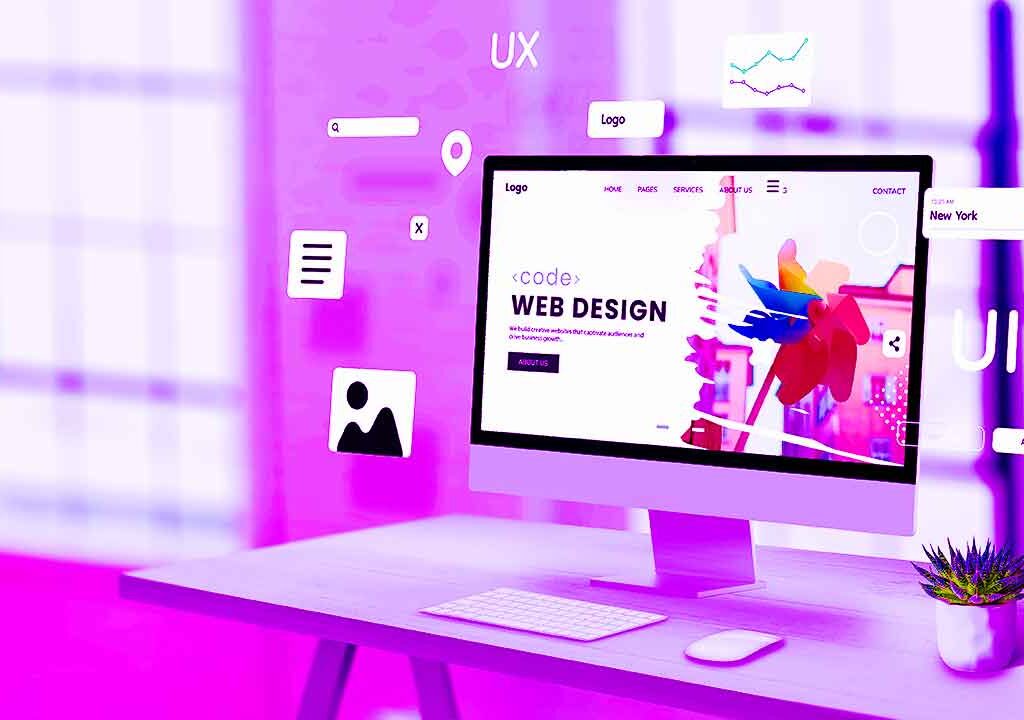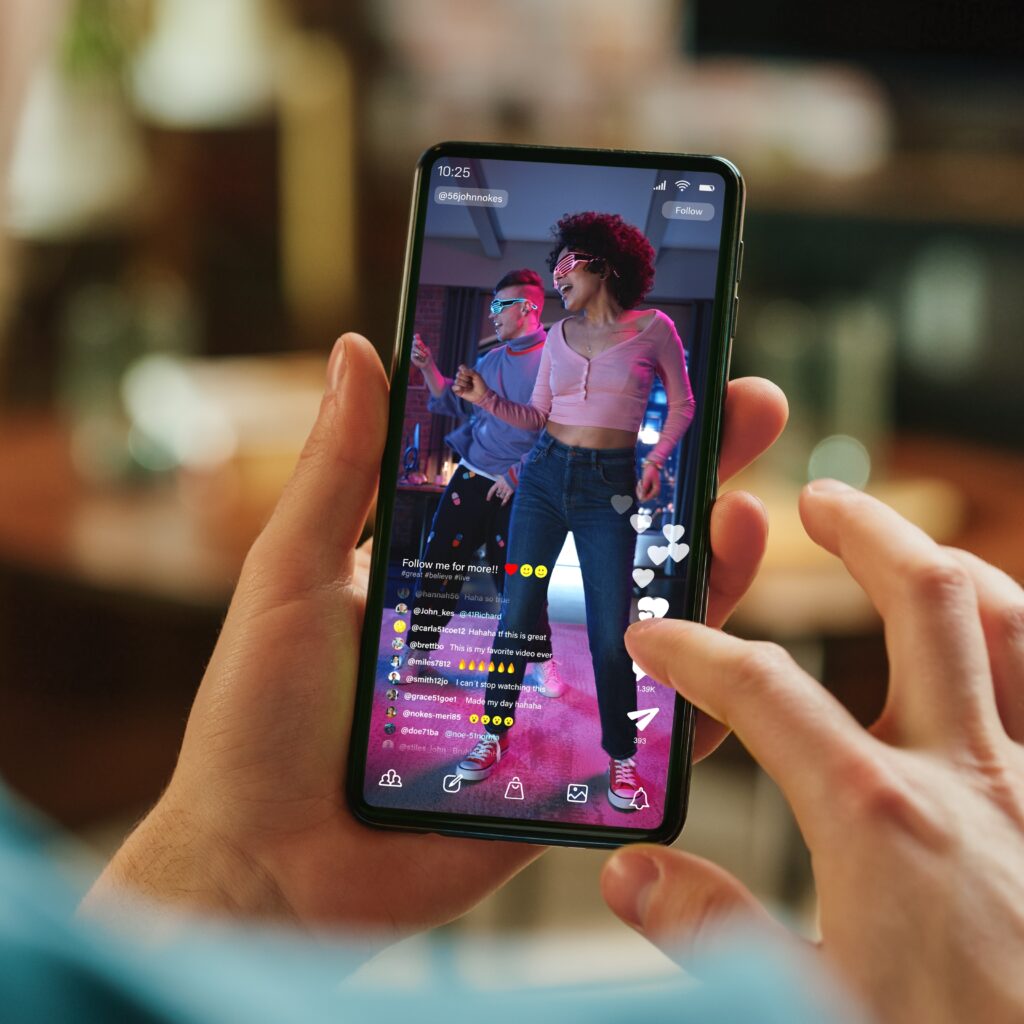A website isn’t just a digital storefront. It’s your brand’s first handshake, first impression, and first chance to win trust. In an age where attention spans are fleeting and competition is a click away, your site needs to do more than inform. It has to inspire, build confidence, and lead visitors toward action.
Think of it as your 24/7 salesperson: it should anticipate questions, remove friction, and create an experience that feels effortless yet memorable. When done right, a website becomes more than a marketing tool; it becomes an engine for growth.
That’s where strategic design comes in. A skilled team doesn’t just create an attractive layout; they craft a digital experience that aligns with your goals, adapts to user behavior, and supports long-term success.
So, what makes a professional website stand out in today’s crowded digital landscape? Let’s break it down.
What makes a professional website stand out?
A professional website stands out by combining clean visual design, responsive mobile functionality, fast performance, and a seamless user experience that drives engagement and supports business goals.
UI/UX Design: Creating Seamless Interaction
User interface and experience design combine structure with storytelling. They guide people naturally through your site, improving navigation, lowering friction, and encouraging engagement.
Key components of strong UI/UX:
- Logical, user-friendly menus
- Quick page loading times
- Clear information hierarchy
- Consistent visual language
A visitor shouldn’t have to think too hard to find what they need. The design should help them explore intuitively whether they’re browsing or ready to buy.
Responsive Design Across Devices
People browse on phones, tablets, laptops, and everything in between. Responsive design makes sure your website adapts to all screen sizes without compromising usability or aesthetics.
With mobile-first indexing and shifting consumer habits, responsive functionality affects both search visibility and user satisfaction. A site that performs well across devices signals professionalism and reliability.
Purposeful Visual Design
Visual design goes beyond looks; it should reinforce your messaging. Typography, spacing, imagery, and color use should feel cohesive and aligned with your identity.
Design elements should support readability, highlight key content, and create visual flow. The right visual cues can quietly nudge users to stay longer, click deeper, and absorb more of what you’re offering.
Practices That Strengthen Website Design
Great websites aren’t built by accident. They reflect careful choices about layout, speed, accessibility, and functionality.
User-Centered Planning
Good design starts with real user behavior. It involves understanding what people are looking for, what questions they have, and what might cause confusion. When a site anticipates these needs, it delivers a smoother experience.
Accessibility is also part of this. Designing with all users in mind, regardless of ability, is not only respectful, but it expands your reach and builds inclusivity into your brand’s foundation.
Performance-Driven Development
Fast websites perform better. Speed affects user retention, search rankings, and how people perceive your brand. Some best practices include:
- Compressing and optimizing images
- Reducing unnecessary scripts
- Enabling browser caching
- Prioritizing essential content to load first
A few seconds of delay can cause visitors to leave. Fast, lightweight code can make the difference between a bounced visit and a converted lead.
Effective Calls to Action
Calls to action should be visible, compelling, and timed well. Whether it’s scheduling a demo, downloading a resource, or contacting sales, every CTA should guide the user toward a valuable next step.
Strong CTAs share these traits:
- Stand out visually but don’t disrupt flow
- Use clear, active language tied to value
- Appear naturally throughout the site
Placement matters just as much as wording. A smart layout helps CTAs feel like a logical next move rather than an interruption.
Custom Web Design vs. Templates
There’s a clear distinction between a custom-designed site and one built from a basic template. While templates offer speed and simplicity, they often fall short in flexibility, branding, and technical capability.
Custom design supports:
- Integration with your sales and CRM systems
- Scalable site architecture
- Tailored visual identity
- More robust SEO and analytics
Templates can be a starting point, but they rarely serve long-term business needs. A site built around your specific goals allows for refinement and future growth.
Web Design Solutions That Grow With You
Business websites should support your sales funnel, convey authority, and adapt to changing market demands. Design is not a one-time effort; it’s a foundation for ongoing marketing, customer education, and brand development.
At Vertigo, our design process blends creative thinking with technical precision. We help clients:
- Reach decision-makers through targeted design
- Position their brand as knowledgeable and dependable
- Deliver experiences that lead to real business outcomes
From content hierarchy to backend performance, every aspect of our designs aims to support long-term goals—not just short-term aesthetics.
Final Thoughts: Build a Website That Works Hard
A great website doesn’t just look polished; it solves problems. It makes your message clearer, your brand more credible, and your offerings easier to access. It welcomes visitors and makes them want to return.
Investing in professional design pays off through better engagement, improved search rankings, and a more confident brand presence. A website isn’t just something to check off a list. It’s a core asset.
Ready to turn your website into a powerful growth engine? Schedule a consultation with Vertigo today and discover how we can craft a site that drives results.
FAQ
What is the difference between UI and UX design?
UI (User Interface) focuses on visual layout and elements, while UX (User Experience) ensures a smooth, intuitive journey through the site.
Why is responsive design important?
Responsive design ensures your website looks and functions well on any device, which improves user satisfaction and boosts SEO performance.
How does website speed affect user experience?
Slow websites cause visitors to leave. Fast-loading sites improve engagement, reduce bounce rates, and enhance overall perception.
What makes a good call to action (CTA)?
A strong CTA is visually distinct, uses active language, and appears naturally in the user journey to prompt valuable actions.
Why should I invest in custom web design instead of using a template?
Custom design offers flexibility, better branding, scalability, and integration options that align with your long-term business strategy.













